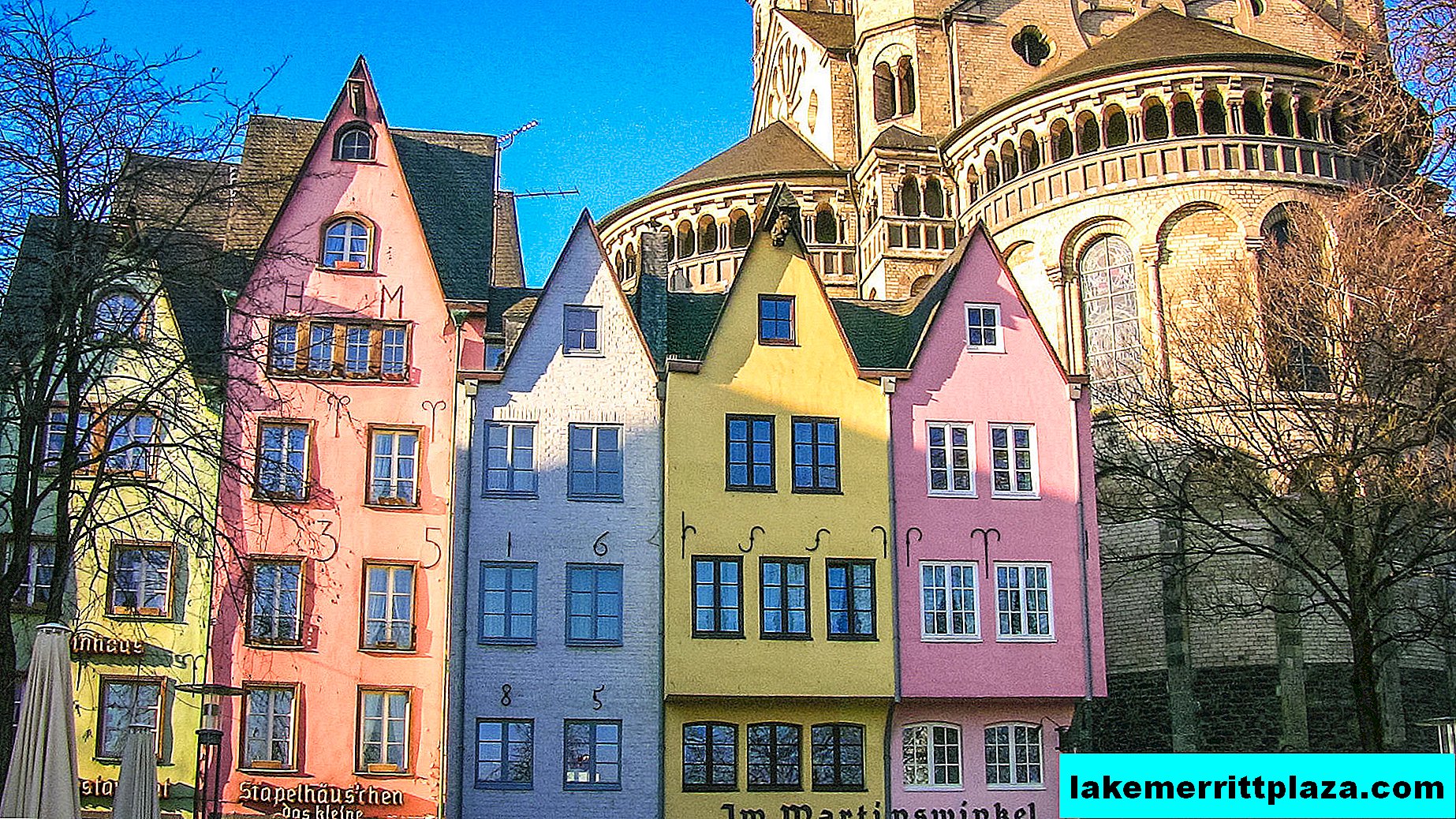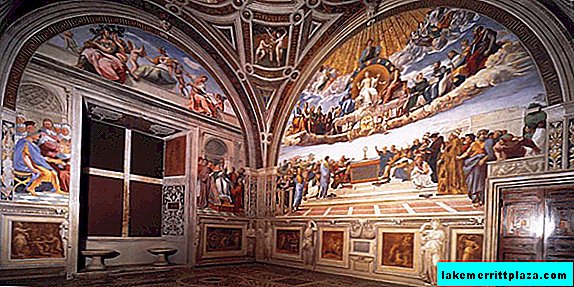Liquor Strega is the leader in many categories among Italian drinks of its class. Firstly, this is the most multicomponent digestif. Secondly, it boasts the longest history in comparison with other liquors. And finally, it has the most unusual name. Strega literally means “witch”. At all times, mysticism and magic attracted people, "witching alcohol" was no exception to the rule. It occupies a strong place in the ranks of popular spirits.

Origin
The birth of Strega dates from 1860. Giuseppe Alberti moved to Benevento this year for family reasons. He opened his bar in the city center and was not mistaken in the choice, because after the unification of Italy the flowering of the alcohol trade began.
The name of the digestif refers to the legends of witchcraft in Benevento, which are rooted in a distant history. Starting from the XIII century, it was believed that witches from all over the world gathered in the town. More than 2,000 sorceresses arranged a sabbath under a walnut tree, made potions and instilled terror into the minds of civilians.

A beautiful story says that Giuseppe Alberti, in search of herbs for a new drink, came across a witch lying under a fallen tree. He saved her and received a new liquor recipe as a reward. Giuseppe promised that he would never reveal the secret of the magic drink, he would only pass it on to one of his family members before his death.
A more believable version suggests that the Witch liquor did not appear by chance. It is based on a herbal tincture recipe, developed by Benedictine monks. Constantly introduced improvements and new ingredients have contributed to the birth of Strega.
The liquor has become known for its colorful, artistic advertising. One of the first Art Nouveau posters was released in 1906.
Strega is often mentioned in works of art (books, songs, films). For example, in Mario Puzo’s novel “The Godfather”, Don Vito Corleone and his peers drink the Witch. Ernest Hemingway also did not bypass Streg in such masterpieces as Fiesta and Farewell to Arms!
Composition and taste
Proprietary liquor recipe is a mixture of 70 herbs and spices. All ingredients are kept in the strictest confidence. Even factory workers see only numbered containers with components, not knowing their names. Their task is to weigh the exact amount of spice and chop if necessary.
Only a few components are known: Ceylon cinnamon, Florentine iris, Apennine juniper, mint, fennel and saffron. The last spice plays a key role in shaping the yellow color of the drink. Mint and juniper are most pronounced in the aroma of liquor.
Stregha ripens in oak containers for a long time to get the perfect synthesis of taste and aroma. Only after aging it is bottled and sent for sale. The strength of the finished drink is 40%.
The color of the Witch is dark yellow, the taste is sweet, velvety. The consistency is quite thick. The aroma is bright, herbal with clear notes of mint and cinnamon.
Varieties
In addition to the classic Strega liquor, Alberti also produces 2 more drinks based on it. It:
- Strega Riserva - special witch bottling with long aging in oak barrels.

Such ripening gives the drink a soft and delicate taste. The high level of quality of the liquor is emphasized by elegant and prestigious packaging, in connection with which Riseru is often chosen as a gift for the holiday. The alcohol content is 40%. - Creamy Strega Cream is a soft drink born from the perfect combination of milk cream and the classic version of the Witch.

It has a unique creamy and spicy taste. The alcohol content is 17%.
How and with what to drink
Strega is a fairly versatile product. As a rule, they drink it after eating or coffee. Such drinks are called "ammazzacaffè" in Italy. Serve liquor both cold and warm. Accompany it with dry, low-fat cakes or cookies.
The drink is a component of many desserts. For example, they replace the wine Marsala (Marsala) in the cake "Mimosa". They are flavored with coffee for Affogato, as well as fruit salads.
Cocktails with Strega

Strega plays a big role in creating delicious cocktails. A witch with coffee and lemonade (not in the same drink, of course) - these are the 2 most ideal combinations for liquor.
"Italian coffee"
The Italian Coffee cocktail unmatched combines a minimum of components and a maximum of taste. To prepare it, you need to mix a cup of strong coffee and 30 ml of Streg. Garnish the drink with whipped cream and grated nutmeg.
- We recommend reading about real Italian coffee
"Witch-hunt"

The Witch Hunt cocktail is named because of the obligatory presence of Strega in its composition. For cooking, mix:
- 50 ml of whiskey;
- 50 ml of lemonade;
- 25 ml of dry vermouth;
- 15 ml Streg liquor.
The cocktail has an exquisite taste and is served with ice. Thanks to the combination of lemonade, alcohol and ice, it is very refreshing.
"Strega-Daiquiri"

Another popular digestive cocktail is Strega-Daiquiri. To prepare it you will need:
- 25 ml Streg liquor;
- 25 ml of white rum;
- 25 ml of lemon juice;
- 0.5 tsp sugar syrup.
All components are mixed in a shaker and served with ice cubes, decorating a glass with a slice of lemon.
Strega can be used as a substitute for yellow Chartreuse and Galliano liqueur in cocktails, although their tastes differ significantly.
Price in Italy and in Russia
The choice of Streg liquor is quite simple. In Italy, the drink is made only by one Alberti company. The price for a 0.75 liter bottle varies from 11 to 30 euros, depending on the aging.

In domestic stores, Strega can be found at a price of 2000 to 2500 rubles for the same 750 ml.
So all myths about the witch liquor are dispelled. In fact, the drink is not scary, but strong, so you should drink it sparingly. Think sensibly, drink wisely, joke sharply and remember: "A good spoon for dinner, and Strega after!"










